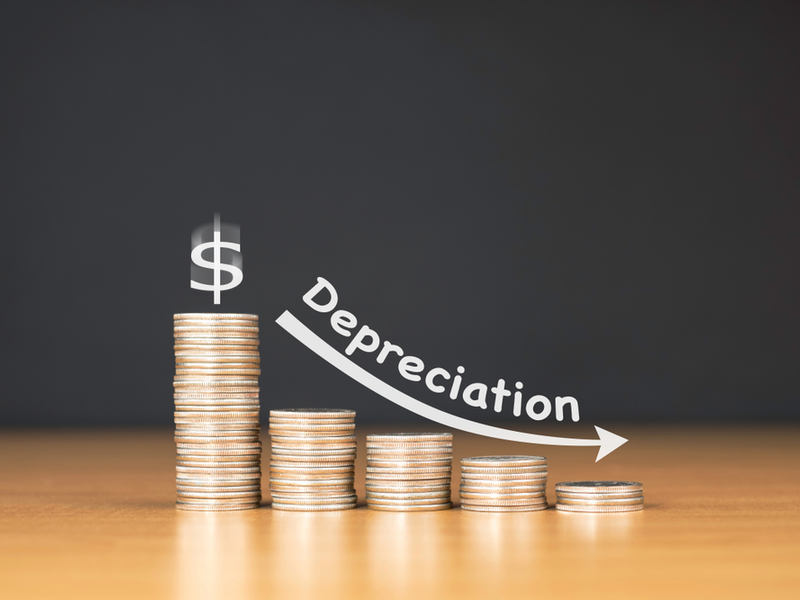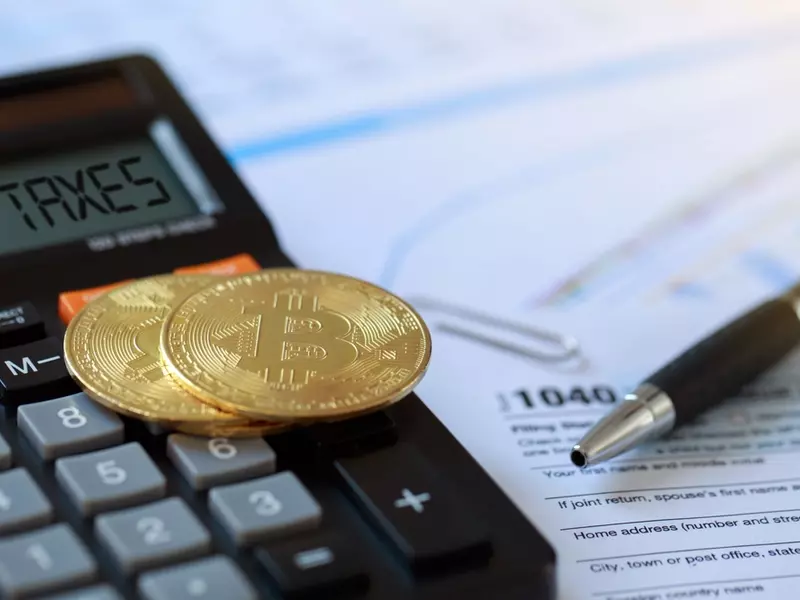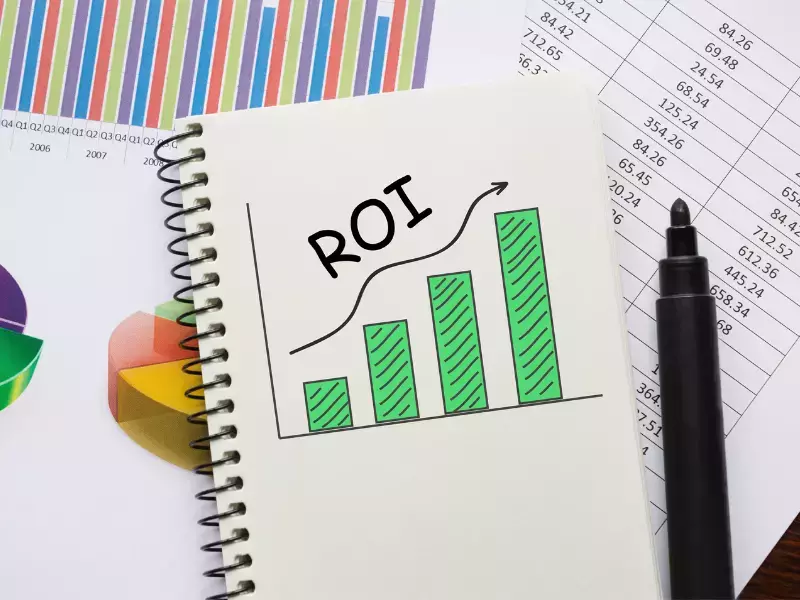
Depreciation is the reduction in an asset’s value over time due to constant wear and tear, the arrival of newer technologies, or changing market scenarios. The value of fixed assets, like machinery and equipment, depreciates and becomes obsolete with time. Hence, these must be replaced in a few years. When a company purchases a new asset, its cost price has to be spread across the number of years upto which it will probably be used. Thus, the portion of an asset’s cost that is used in a given accounting period gets recorded as depreciation expense on the company’s P&L account.
In the Indian context, there are different depreciation methods and rates that are applicable as stated in the Income Tax act.
The two primary methods of estimating depreciation are the
- Straight Line method and
- Declining Balance method.
Various factors, like asset type, legal requirements, and current business scenarios, determine the method of depreciation selected.
How to use Fisdom ’s depreciation calculator?
Calculating depreciation of assets manually and using different methods can be a time-consuming task. With Fisdom ’s online depreciation calculator, however, it can be done within a few seconds. To calculate accurate depreciation values, some of the information that is required to be input in the calculator are:
- Cost of asset: This includes the cost of purchase, installation, and shipping of an asset.
- Salvage value: Once an asset has depreciated, the business would ideally sell it at a lower price. The price that an asset can fetch at the time of sale is called its salvage value.
- Duration: The total time during which an asset can be productively used by a business is called its useful life or duration. After the useful life of an asset is complete, it will no longer offer efficiency or cost-effectiveness to the business.
- Selection of method: It is important for a business to be clear about the method of depreciation it will adopt. The calculator gives a choice of straight line method and declining balance method.
By incorporating depreciation in annual accounting records, businesses can ensure that the financial statements report correct profit or loss figures. It is therefore important for businesses to enter the depreciation details correctly. To easily arrive at the right depreciation figures, one can make use of Fisdom ’s depreciation calculator.
Upon entering the above-mentioned information in the calculator, the depreciation calculator will estimate the right depreciation amount that can be used for accurate P&L calculations.
How does Fisdom ’s depreciation calculator work?
Depreciation can be calculated for accounting purposes in many ways. Fisdom ’s depreciation calculator has two of the most commonly used depreciation methods incorporated in it. Here, we will explain how the calculator works for each of these methods:
Straight-line method of depreciation
The easiest way to calculate depreciation for any fixed asset is by using a straight-line method of depreciation. This method is popularly used across industries since it involves a simple distribution of the asset’s value over its duration or usable life.
The formula used under this method is:
Depreciation = (asset cost – salvage value) / useful life
Let’s taken an example to understand this further:
Suppose Ola Cabs buys a taxi at a cost price of Rs. 4 lakhs and its salvage value is Rs. 40,000 after using it for 10 years. Thus, depreciation will be:
= (4,00,000-40,000) / 10
= 36,000
Thus, Ola Cabs will write off Rs. 36,000 from the taxi’s value each year for its duration, which is ten years.
Declining balance method of depreciation
The declining balance method involves a somewhat complicated calculation as compared to straight-line method. Under this method, one can write off a higher portion of the asset’s value in the first few years and lesser value in the later years. This method is ideal for businesses that want to recover higher asset value upfront.
Formula for 1st year –
Annual depreciation = (2 x straight-line depreciation rate) x (asset book value at year beginning)
Formula for next year onwards-
Annual depreciation = (2 x straight-line depreciation rate) x (asset book value at year beginning (after reducing prior year depreciation))
Continuing the Ola Cabs example, we know the asset will be depreciated over ten years.
Thus, its depreciation rate can be considered as 10%.
Depreciation in 1st year = (2 x 0.10) x 4,00,000 = 80,000
After writing off Rs. 80,000 in the 1st year, the asset’s book value will be 3,20,000.
Depreciation in 2nd year = (2 x 0.10) x 3,20,000 = 64,000
After writing off 64,000 in the 2nd year, the asset’s book value will be Rs. 2,56,000.
Thus, one can calculate the asset’s depreciation value for each year until Year 10.
What are the benefits of using Fisdom ’s depreciation calculator?
Fisdom ’s depreciation calculator can offer following benefits:
- This online tool is free to use at any time and can be used multiple times with no limitations.
- It replaces manual calculation and thereby allows hassle-free and easy depreciation calculations.
- With the choice of depreciation methods, one can make the most of this calculator to evaluate which method can offer maximum benefits.
- It saves considerable time that would otherwise be required to manually estimate depreciation using multiple methods.
- This calculator can be used to estimate depreciation for any kind of asset such as office building, equipment, vehicle, machinery, etc.
Conclusion
Apart from companies, investors and analysts must learn the benefits and drawbacks that a company will face for choosing from the different depreciation methods. This is because the calculation will impact the company’s income statement and balance sheet in the short term. While the straight-line method can reduce earnings and increase costs and earnings-per-share, it may not necessarily signal an improvement in business performance.
FAQs
Depreciation can be claimed as part of expense as per Income tax laws. Thus, through depreciation, a business can show higher expense to save tax.
Book value is the cost of carrying an asset on a company’s balance sheet. It is calculated as the net of the value asset after deducting its accumulated depreciation.
A fully depreciated asset means one that has experienced its complete useful life and any remaining value of the same will be its salvage value. Salvage value is an asset’s book value after considering the total depreciation.
Fully depreciated assets are ideally not entirely taken off a company’s balance sheet. Since the company still owns them, these must be reported to stakeholders. Therefore, companies can include a financial note or disclosure stating the asset’s full depreciation.
A write-off means reduction in the value of an asset and is used by businesses to lower their annual tax obligations. Through a write off in accounting, a business removes all traces of a fixed asset from the balance sheet such that the related fixed asset account and total depreciation are reduced.


























